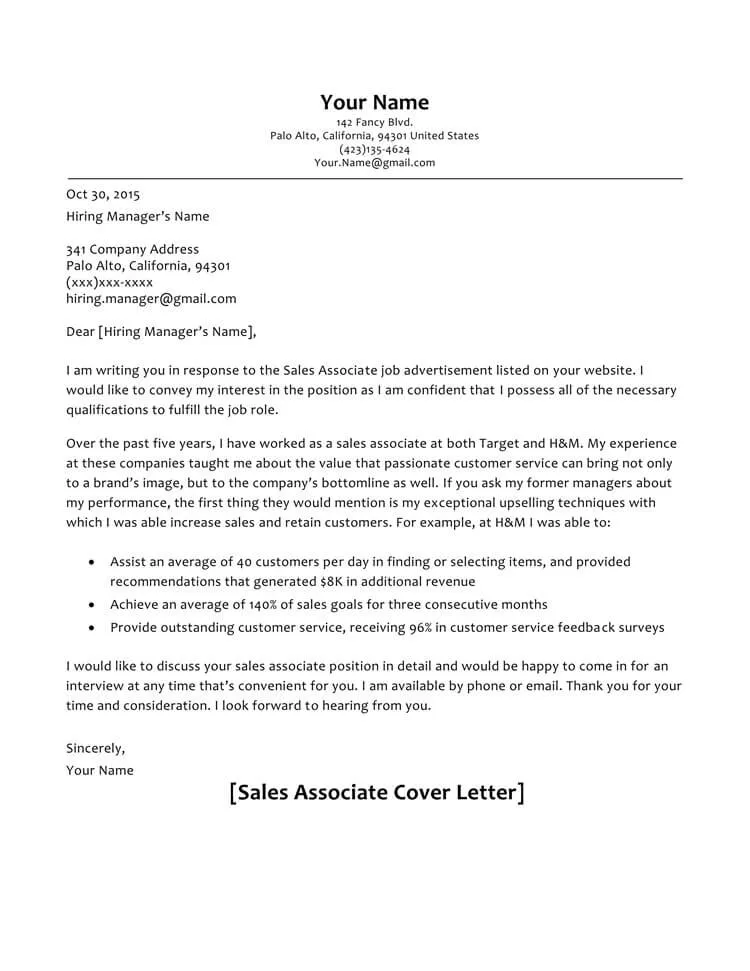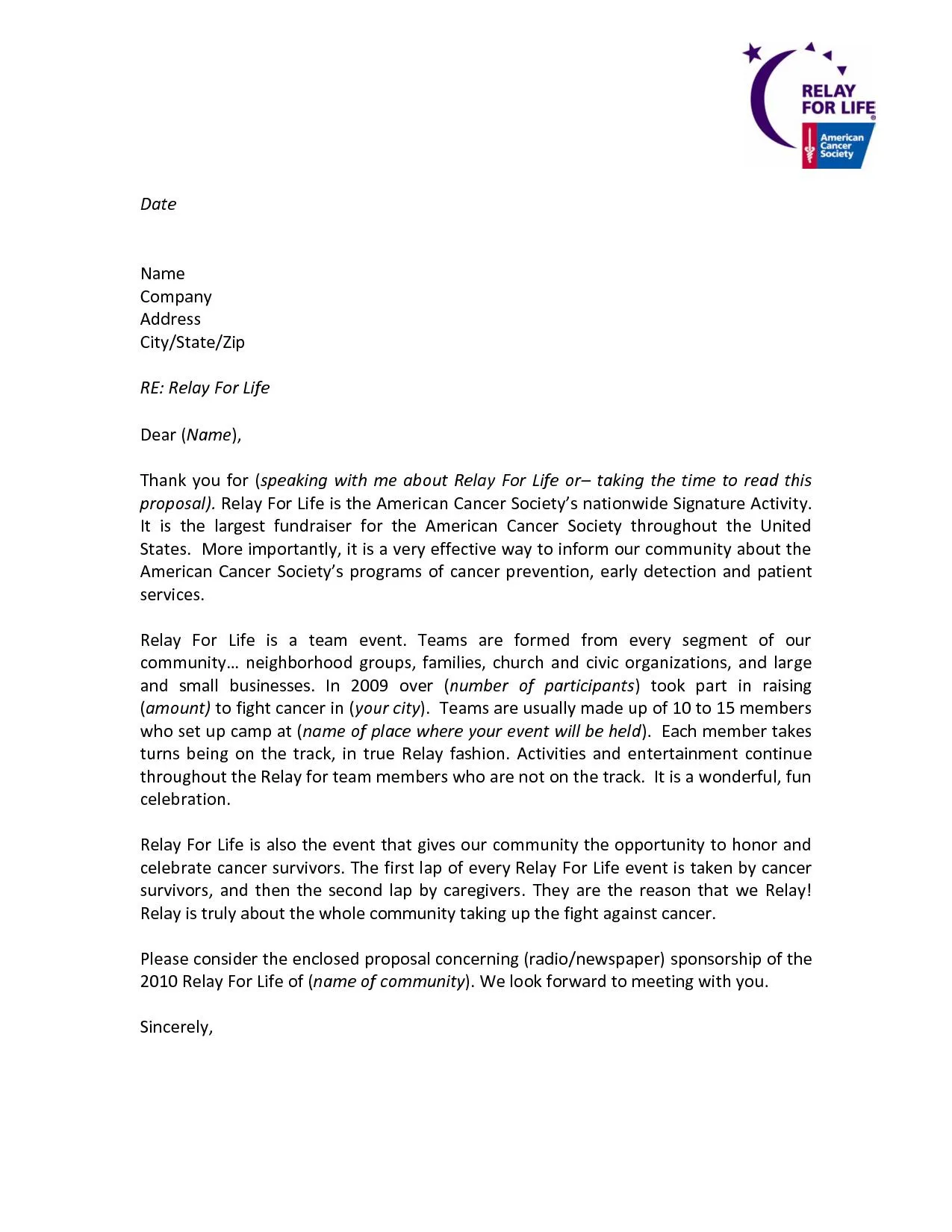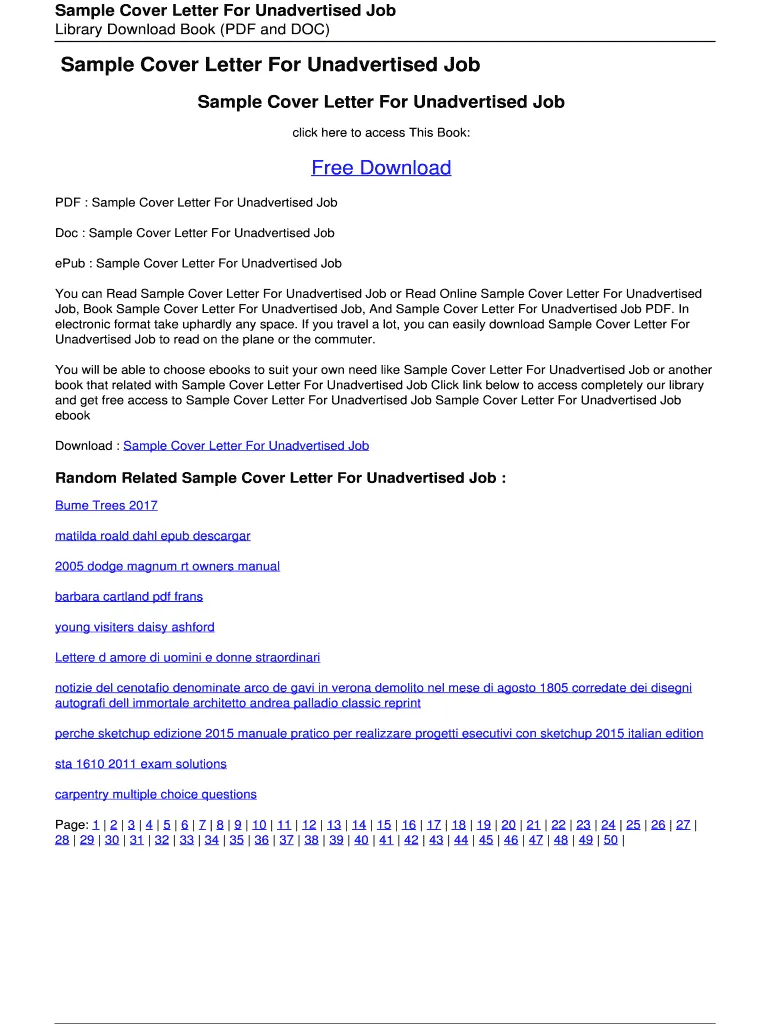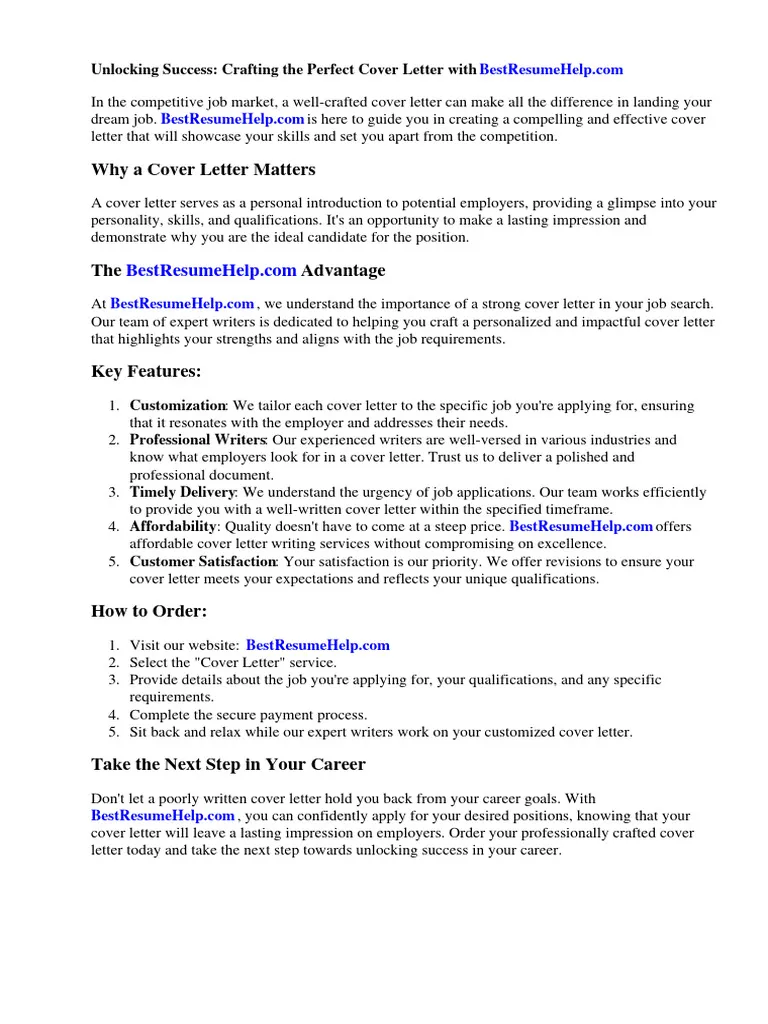What is an Unadvertised Job
Unadvertised jobs, often called hidden jobs, represent employment opportunities that aren’t publicly posted on job boards or company websites. These positions are typically filled through networking, referrals, or proactive outreach. They can offer a significant advantage in the job market as they often have less competition compared to advertised roles. This means a higher chance of getting noticed by the hiring manager. Understanding the nature of these opportunities is the first step in leveraging them to advance your career. These positions arise for various reasons, including internal promotions, company expansions, or the need for specialized skills. Targeting unadvertised jobs requires a strategic approach, including extensive research and a well-crafted cover letter.
Why Target Unadvertised Jobs
The benefits of targeting unadvertised jobs are numerous and compelling. One major advantage is reduced competition. With fewer applicants, your resume and cover letter are more likely to be seen and reviewed thoroughly by the hiring manager. This can significantly improve your chances of securing an interview. Moreover, unadvertised jobs can sometimes offer better terms, including higher salaries or more attractive benefits packages, as companies are often willing to negotiate to secure the best talent. These opportunities also frequently provide a better cultural fit because they often arise through internal networks or personal recommendations. The overall job search process can be faster. By directly targeting companies and hiring managers, you can bypass the lengthy application process and the often-delayed responses that characterize many public job postings. Focus on making a great first impression by tailoring your cover letter for unadvertised jobs.
Key Elements of a Cover Letter for Unadvertised Jobs

A cover letter for an unadvertised job serves as your direct introduction to a potential employer, and therefore, it must be carefully constructed to capture their attention. Start with a strong opening that immediately states your interest and your understanding of the company’s needs. Mention how you found out about the opportunity – whether through networking, a referral, or your research. This establishes credibility. Clearly articulate why you are a good fit for the company. Provide specific examples of your accomplishments and skills that align with the company’s goals. Highlight your passion for the industry and your enthusiasm for the company. Close with a clear call to action, expressing your desire for an interview and providing your contact information. Ensure that your cover letter is free of errors and formatted professionally, making it easy to read.
Researching Companies and Identifying Opportunities
Thorough research is crucial when targeting unadvertised job opportunities. Begin by identifying companies that align with your career goals and skills. Utilize LinkedIn to research companies, explore employee profiles, and identify potential contacts. Look for individuals in roles similar to those you desire and reach out to them for informational interviews or to express your interest. Monitor company news, press releases, and social media channels to stay informed about potential expansions, new projects, or other developments that may indicate a need for new hires. Explore company websites beyond the careers section to learn about their mission, values, and recent accomplishments. Networking events, industry conferences, and professional organizations also provide valuable opportunities to learn about unadvertised roles.
Crafting a Compelling Cover Letter
Your cover letter is the primary tool for making a strong first impression. It should be personalized and tailored to each company and opportunity. Begin with a captivating opening that immediately grabs the reader’s attention and states your purpose clearly. Avoid generic opening lines; instead, demonstrate your knowledge of the company and industry. In the body of your letter, highlight your relevant skills and experience. Support your claims with specific examples of your accomplishments and how they align with the company’s needs. Focus on the value you can bring to the organization. Demonstrate enthusiasm for the opportunity. Customize your letter to reflect the company culture and values. Mention any personal connections or referrals you may have. Proofread your letter carefully to ensure it is free of errors and well-formatted.
Highlighting Your Skills and Achievements

When crafting your cover letter, emphasizing your skills and achievements is vital for demonstrating your value to a potential employer. Instead of merely listing your responsibilities, focus on quantifiable accomplishments. For instance, if you improved sales, provide the percentage of increase or the specific revenue generated. Use action verbs to describe your accomplishments. Show, don’t just tell, the reader about your capabilities. Tailor the skills you highlight to match the company’s needs and the requirements of the role you are targeting. Identify keywords from the company’s website or job descriptions (if available) and incorporate them into your cover letter. Include any relevant certifications, training programs, or professional development activities that showcase your commitment to continuous learning and industry knowledge. Always use a professional tone.
Tailoring Your Cover Letter to the Company’s Needs
Tailoring your cover letter demonstrates to the hiring manager that you have invested time and effort to understand the company’s needs. Start by researching the company’s mission, values, and recent projects. Visit the company website and social media profiles to gain insights into their current initiatives and goals. Identify the key challenges and opportunities the company faces. Use this information to highlight how your skills and experience can contribute to solving these challenges or capitalizing on these opportunities. Address the specific needs of the company by demonstrating an understanding of their products, services, and target market. When referring to your past experiences, connect your accomplishments to the company’s current goals. Proofread your cover letter carefully to make sure it is free of errors. Ensure your cover letter content is appropriate for the reader.
Following Up and Staying Persistent
Following up on your cover letter is a crucial step in the job search process, especially for unadvertised opportunities. Send a polite follow-up email or make a phone call to the hiring manager or contact person within a week or two after submitting your cover letter. In your follow-up, express your continued interest in the company and the opportunity. Reiterate your key qualifications and highlight your understanding of the company’s needs. Be respectful of the hiring manager’s time and avoid being overly persistent. If you haven’t received a response after a reasonable period, consider sending a second follow-up email, but avoid being overly aggressive. Persistence is key in the unadvertised job market, but it should be balanced with professionalism and respect. Keep networking and exploring other opportunities while waiting for a response.
Cover Letter Mistakes to Avoid

Several common mistakes can undermine your cover letter. Avoid using generic templates or writing a one-size-fits-all letter. Always tailor your cover letter to each company and position. Make sure your letter has grammatical errors or typos. Proofread carefully before sending. Never include irrelevant information. Focus only on skills and experiences that are relevant to the opportunity. Avoid using overly formal or informal language. Maintain a professional and engaging tone throughout your letter. Do not make unsubstantiated claims or exaggerate your accomplishments. Always be honest and truthful in your self-presentation. Do not forget to include a clear call to action, such as expressing your interest in an interview. Always keep in mind the tone of your writing.
Tips for Sending a Cover Letter as a PDF
Sending your cover letter as a PDF (Portable Document Format) is a smart practice for several reasons. Firstly, PDFs preserve the formatting of your document, ensuring that your cover letter appears as intended, regardless of the recipient’s operating system or software. This is particularly important for maintaining a professional appearance. Secondly, PDFs are generally more secure than other document formats, reducing the risk of your cover letter being altered or corrupted. Make sure your PDF file is named in a professional manner, such as “YourName_CoverLetter”. When sending your cover letter, ensure that the file size is reasonable. Do not send overly large files that might take a long time to download. Always attach your cover letter as a PDF. Also, it is a good practice to include a brief, personalized message in the body of your email, summarizing your interest and highlighting key qualifications. Finally, double-check your attachment to ensure the correct document is attached.
